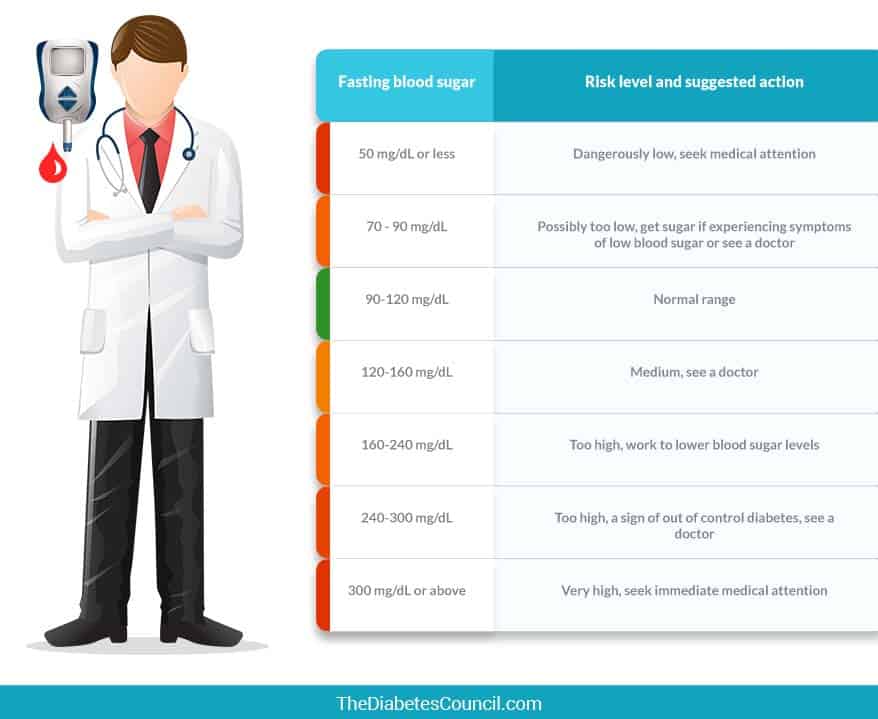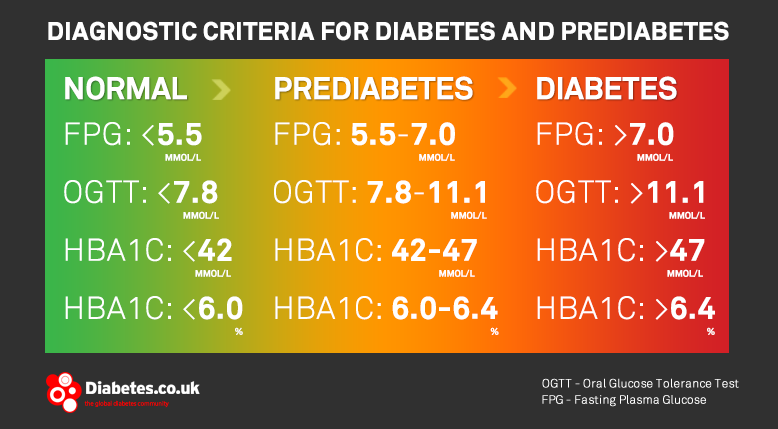Diabetes Normal Range
As long as blood sugar levels do not become critically dangerous, there are ways to return them to within a normal range when readings become too high. some ways to lower blood sugar levels diabetes normal range include:. The answer to the question what is a normal blood sugar level is as follows: fasting normal blood sugar normal for person without diabetes: 70–99 mg/dl (3. 9–5. 5 mmol/l) official ada recommendation for someone with diabetes: 80–130 mg/dl (4. 4–7. 2 mmol/l) normal blood sugar 2 hours after meals normal for person without diabetes: less than. Diabetics deserve normal blood sugar levels. if the normal person’s blood sugar is between 80-100, a diabetic’s recommended blood sugar should also be 80-100. why the difference? clearly anything above normal is going to cause problems. there is no reason a diabetic’s blood should be any different.
What Are Normal Blood Sugar Levels Webmd
A blood sugar level less than 140 mg/dl (7. 8 mmol/l) is normal. a reading of more than 200 mg/dl (11. 1 mmol/l) after two hours indicates diabetes. a reading between 140 and 199 mg/dl (7. 8 mmol/l and 11. 0 mmol/l) indicates prediabetes. Normal blood sugar levels are less than 100 mg/dl after not eating (fasting) for at least eight hours. and they're less than 140 mg/dl two hours after eating. during the day, levels tend to be at. An ogtt 2 hour blood sugar of 140 mg/dl 199 mg/dl; preventing type 2 diabetes. you will not develop type 2 diabetes automatically if you have prediabetes. for some people with prediabetes, early treatment can actually return blood sugar levels to the normal range. research shows that you can lower your risk for type 2 diabetes by 58% by:.
Blood Glucose Monitoring Diabetes Australia

Normal blood sugar levels for diabetics before eating (fasting) range from 80 mg/dl to 130 mg/dl while the high range starts at 180 mg/dl. tips to manage and prevent low or high blood sugar levels you can be used while eating (fasting), and after eating. Ketosis: if blood sugar is in the normal range, ketones are generally not harmful. ketosis occurs when the level of ketones in your blood or urine is high, but not high enough to cause ketoacidosis. you can be in ketosis if you’re on a low-carbohydrate diet or fasting. Hypoglycemia is a blood sugar level below your child's target range. blood sugar levels can drop for many reasons, including skipping a meal, getting more physical activity than normal or injecting too much insulin. low blood sugar is not uncommon in people with type 1 diabetes, but if it isn't treated quickly, symptoms will get worse. See more videos for diabetes normal range.
Blood Sugar Levels Ranges Low Normal High Chart
What are blood sugar target ranges? what is normal blood.
If your a1c level is between 5. 7 and less than 6. 5%, your levels have been in the prediabetes range. if you have an a1c level of 6. 5% or higher, your levels were in the diabetes range. finally: a1c is also defined as ‘estimated average glucose,’ or eag. another term you may come across when finding out your a1c is eag. Diabetes is diagnosed at blood sugar of greater than or equal to 200 mg/dl what is prediabetes? before people develop type 2 diabetes, they almost always have "prediabetes" — blood sugar levels that are higher than normal but not yet high enough to be diagnosed as diabetes.
Normal And Diabetic Blood Sugar Level Ranges Blood Sugar
One important goal of diabetes treatment is to keep the blood glucose levels near the normal range of 70 to 120 mg/dl before meals and under 140 mg/dl at two hours after eating.. home blood sugar (glucose) testing is an important part of controlling blood sugar. blood glucose levels are usually tested before and after meals, and at bedtime. Blood glucose levels are measured in millimoles per litre of blood (mmol/l). target ranges may differ depending on your age, duration of diabetes, the type of medication you are taking and if you have any other medical problems. speak with your doctor about your individual target ranges. normal blood glucose levels are between 4. 0–7. 8mmol/l. Understanding blood glucose level ranges can be a key part of diabetes self-management. this page states ‘normal’ blood sugar ranges and blood sugar ranges for adults and children with type 1 diabetes, type 2 diabetes and blood sugar ranges to determine people with diabetes.. if a person with diabetes has a meter, test strips and is testing, it’s important to know what the diabetes normal range blood glucose.
Whether you had diabetes before you got pregnant or you developed diabetes during your pregnancy, you'll need to keep a close eye on your blood sugar levels. tight control will help you avoid. For someone who doesn't have diabetes, a normal a1c level is below 5. 7 percent. if your a1c level is between 5. 7 and 6. 4 percent, you have prediabetes (also called impaired fasting glucose), which means you have a high risk of developing diabetes in the future.
For most people without diabetes, blood sugar levels before meals hover around 70 to 80 mg/dl. for diabetes normal range some people, 60 is normal; for others, 90 is the norm. Fasting normal blood sugar normal for person without diabetes: 70–99 mg/dl (3. 9–5. 5 mmol/l) official ada recommendation for someone with diabetes: 80–130 mg/dl (4. 4–7. 2 mmol/l) normal blood sugar 2 hours after meals normal for person without diabetes: less than 140 mg/dl (7. 8 mmol/l) official ada recommendation for someone with diabetes: less than 180 mg/dl (10. 0 mmol/l) hba1c normal for person without diabetes: less than 5. 7%. This simple chart from webmd shows target blood sugar levels for kids and teens before and after meals, after fasting, before exercise, and at bedtime, as well as an a1c target. However, if you have normal fasting blood sugar, but you have risk factors for diabetes or symptoms of diabetes, your doctor may decide to do a glucose tolerance test (see below) to be sure that.
Diabetes Testing Webmd

For the majority of healthy individuals, normal blood sugar levels are as follows: between 4. 0 to 5. 4 mmol/l (72 to 99 mg/dl) when fasting [361] up to 7. 8 mmol/l (140 mg/dl) 2 hours after eating. The big picture: checking your blood glucose. blood glucose (blood sugar) monitoring is the primary tool you have to find out if your blood glucose levels are within your target range. this tells you your blood glucose level at diabetes normal range any one time. it’s important for blood glucose levels to stay in a healthy range. The a1c test measures your average blood sugar level over the past 2 or 3 months. an a1c below 5. 7% is normal, between 5. 7 and 6. 4% indicates you have prediabetes, and 6. 5% or higher indicates you have diabetes. fasting blood sugar test. this measures your blood sugar after an overnight fast (not eating). Normalblood sugar levels for adults with diabetes normally, your pancreas releases insulin when your blood sugar or “ blood glucose,” gets high -after a meal, for example.
Normal blood sugar levels for adults with diabetes normally, your pancreas releases insulin when your blood sugar or “ blood glucose,” gets high -after a meal, for example. Fasting blood sugar test. a blood sample will be taken after an overnight fast. a fasting blood sugar level less than 100 mg/dl (5. 6 mmol/l) is normal. a fasting blood sugar level from 100 to 125 mg/dl (5. 6 to 6. 9 mmol/l) is considered prediabetes. if it's 126 mg/dl (7 mmol/l) or higher on two separate tests, you have diabetes. The normal ranges for blood sugar levels in adults who do not have diabetes before eating or fasting the range begins at 72-99mg/dl while fasting ranges for those being treated for type 1 or type 2 diabetes range from 80 -130 mg/dl. according to the american diabetes association normal blood sugar levels before and after eating should be 80-130 mg/dl before eating a meal (fasting), and less.

Sources: mensing, c. the art and science of diabetes self-management education desk reference, 2nd ed. american association of diabetes educators, 2011. american diabetes association. "standards. The following are the target ranges from acog: fasting less than 90 mg/dl pre-meal less than 105 mg/dl 1-h post-meal less than 130–140 mg/dl 2-h post-meal less than 120 mg/dl.
Comments
Post a Comment